In 1983, Damien Hirst saw an exhibition at the Hayward Gallery of the collages of Francis Davison which ‘blew him away’. He spent the next two years trying to emulate them, in vain. As he discovered, although Davison’s works might look casually thrown together, they are in fact immaculately crafted orchestrations of colour, shape and tone. In the light of this experience, Hirst’s subsequent output can be regarded as his dispiriting revenge on all genuine artistic creation.
This surprising connection between modern British art’s most self-effacing aesthete and its most successful self-publicist merits analysis, not only because it’s so indicative of the state of current artistic values, but because it highlights Davison’s extraordinary achievement. However, it gets only a glancing mention in Andrew Lambirth’s new volume, the first ever book on this artistic recluse.
Francis Davison was almost pathologically shy. He lived in the shadow of his more sociable, but equally dedicated artist wife, Margaret Mellis. They shared a passion for creating art that expressed something of the mystery of existence, and were sustained in this isolating activity by their intense mutual love.
From 1952 until his death in 1984, Davison created images ruthlessly shorn of all figurative and personal associations. Using only torn and cut strips of unpainted, coloured paper, he assembled hundreds of collages, some tiny, others over six feet across, all intensely patterned, like jumbled-up butterflies’ wings. What’s extraordinary about them is how they glow in one’s mind. The surprising source and subject matter of Davison’s inspiration was nothing less than the act of seeing — the radiance which human consciousness throws upon the world.
Leafing through this handsome volume gives one the impression of a rich oeuvre, but in reality it barely shows the foothills of his achievement. Hardly any of his masterpieces are illustrated, including those in the collections of the Tate and other public galleries, none of which are even listed. The book omits a whole, vital decade of his oeuvre, which included the wonderful, huge collages shown at his, also unmentioned, Edinburgh Festival exhibition in 1971.
A quarter of the illustrations are of the ‘broken’ collages of the early 1970s, which Davison later considered to be one of his less successful phases. They come off especially badly in this book because they’ve been printed on glaring white paper. Although Lambirth writes that no one knows what colour background Davison wanted for his collages, the fact is that he insisted, for all the exhibitions held during his lifetime, that they were shown against the mid-tone warm grey on which he created them. That is obviously how they should be reproduced. These works are hymns to tone; the lights in them are lost unless seen in a gentle gloom.
If the plates do Davison a disservice, the text is equally marred by misconceptions. To mention only one, Lambirth states that ‘whether he actually destroyed a great deal remains conjecture’. This is untrue. When Davison was diagnosed with terminal cancer, he asked me to help him sort out his work. It proved the most harrowing experience of my professional career. Francis, weaker each time I visited, made me go through every one of his collages, and say whether I thought it ‘worked’ or not. He watched me like a hawk, to see if my eyes lit up with pleasure. If they didn’t, the piece was torn up and then burnt.
Lambirth ends his book with the hope that ‘the present study will encourage others to research further into the work of this fascinating artist’. The true nature of Davison’s genius has yet to be revealed.
Got something to add? Join the discussion and comment below.
Get 10 issues for just $10
Subscribe to The Spectator Australia today for the next 10 magazine issues, plus full online access, for just $10.
Available from the Spectator Bookshop, £21.50, Tel: 08430 600033
You might disagree with half of it, but you’ll enjoy reading all of it. Try your first month for free, then just $2 a week for the remainder of your first year.

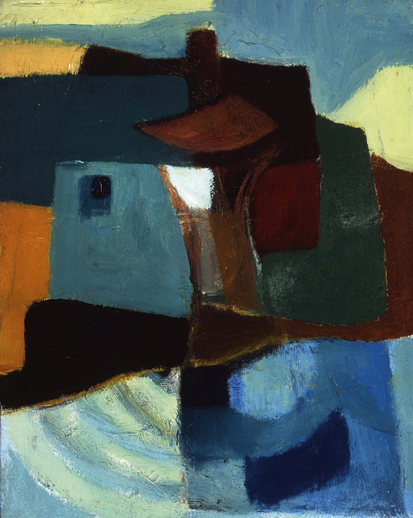
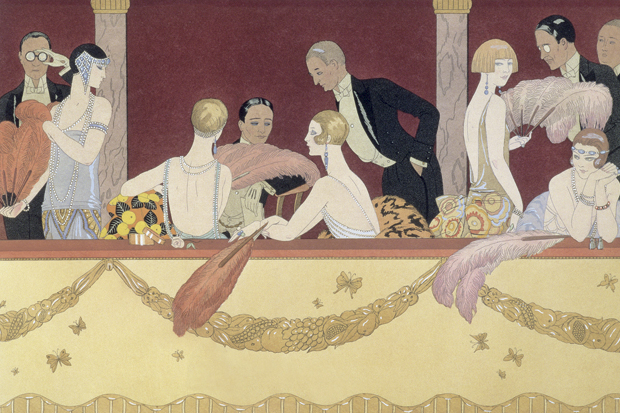

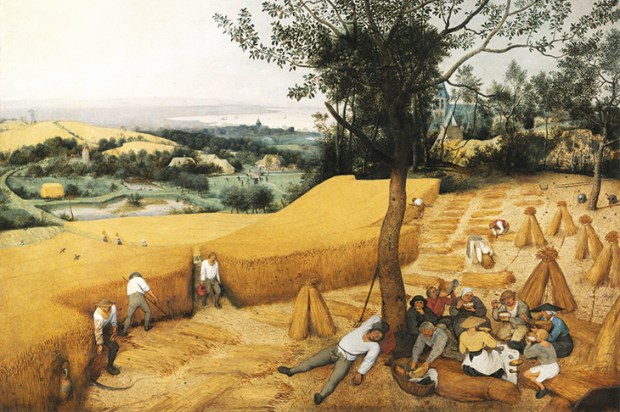
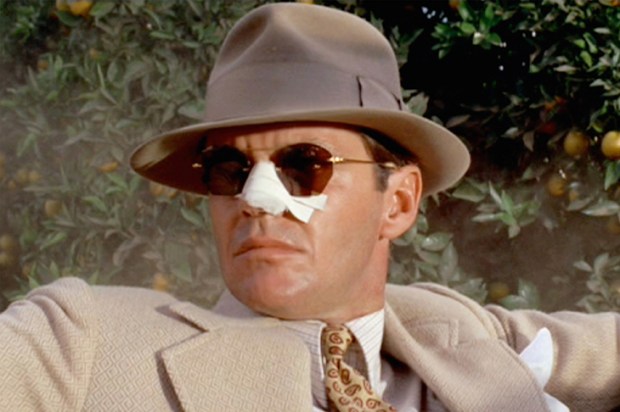
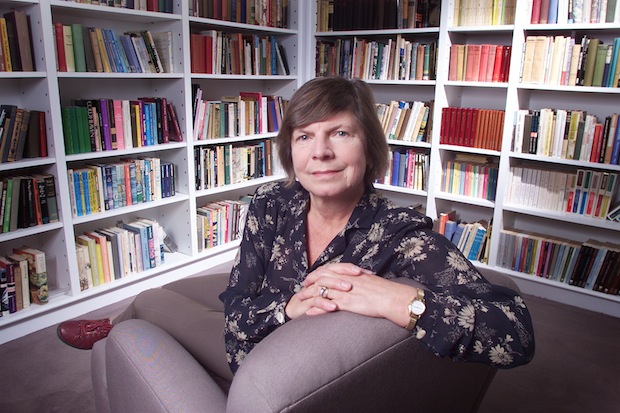







Comments
Don't miss out
Join the conversation with other Spectator Australia readers. Subscribe to leave a comment.
SUBSCRIBEAlready a subscriber? Log in